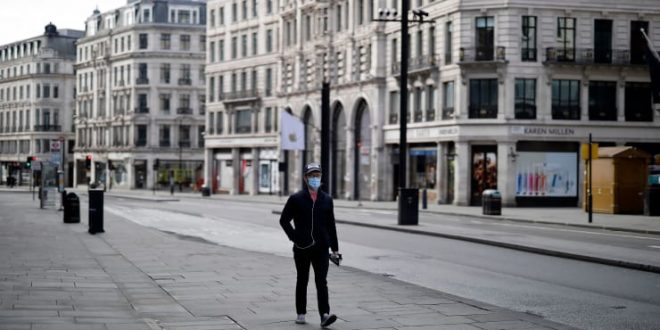Fifty days of strict lockdowns followed by 30 days where measures are eased could be an effective strategy for reducing Covid-19 deaths while ensuring some level of economic protection, scientists claim.
In an EU-backed study published on Wednesday, a cohort of researchers from nine countries simulated how various lockdown strategies would impact the spread of the coronavirus.
Many governments have imposed some form of lockdown to mitigate transmission of the virus. But policymakers around the world are now calculating ways to gradually lift those measures as the pandemic weighs heavily on economic activity.
Scientists suggested in the new report that an alternative, more effective approach to indefinite or milder lockdowns could be alternating stricter measures with intervals of relaxed social distancing. Effective testing, contact tracing and isolation strategies, as well as efforts to shield society’s most vulnerable, would be consistently kept in place.
They modeled several different scenarios on 16 countries, including Australia, Mexico, Belgium, South Africa and Nigeria.
In the first scenario, no mitigation or social-distancing measures were imposed. In every single country, this led to the number of patients requiring treatment in intensive care units (ICUs) quickly and significantly exceeding available capacity. Ultimately, this would result in 7.8 million deaths across the countries included in the analysis, researchers said, and the duration of the epidemic would be almost 200 days in the majority of those nations.
This scenario was likely to reduce the R number — the reproduction rate of the virus — to 0.8 in all countries, the study showed. However, while it proved effective for the first three months, after the first relaxation period scientists found the number of patients requiring ICU care would exceed hospital capacities. This would lead to 3.5 million deaths across the 16 countries used in the simulation, with the pandemic lasting around 12 months in high income countries and at least 18 months in other nations.
CNBC
 Lebanese Ministry of Information
Lebanese Ministry of Information



